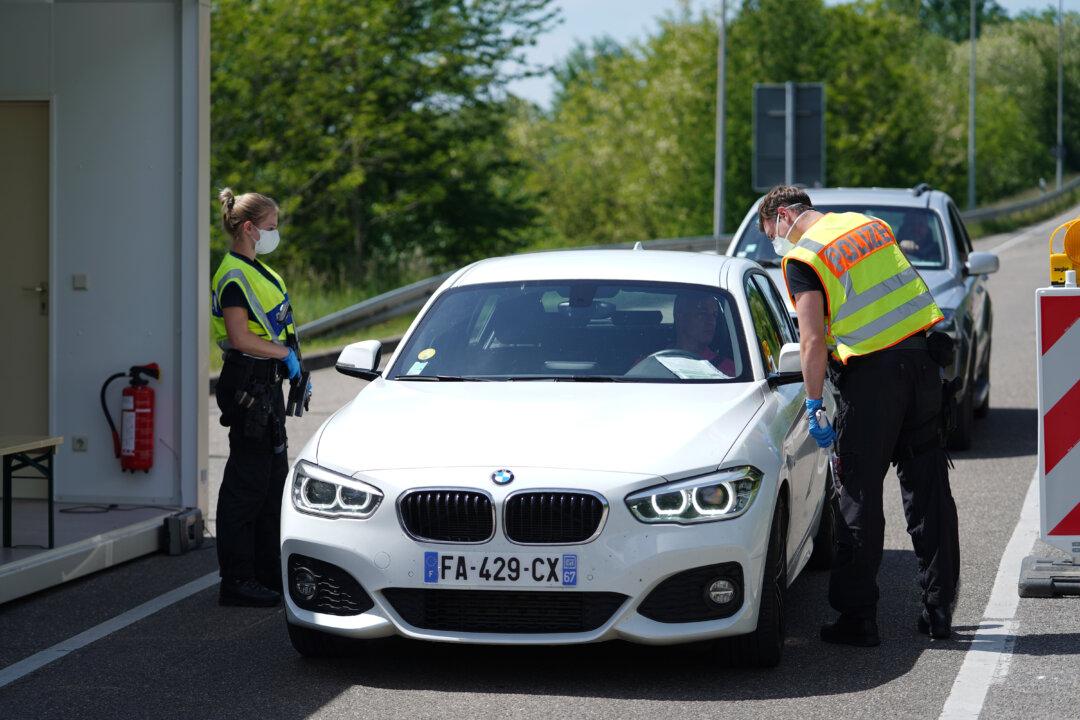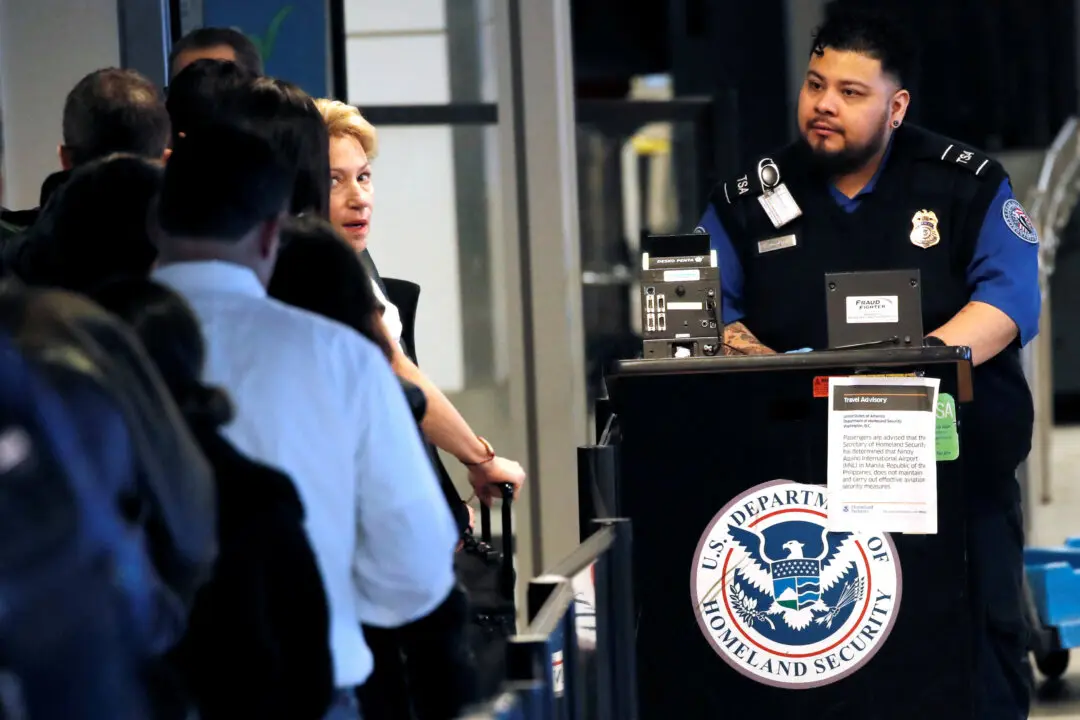BERLIN—Starting Saturday, Germany will start to relax some border controls introduced in March to slow the spread of the CCP (Chinese Communist Party) virus with the aim of having free travel in Europe from mid-June, Interior Minster Horst Seehofer said on Wednesday.
The tentative step, aimed partly at helping the tourism sector, comes as the European Commission prepares to urge a return to “unrestricted free movement,” though that push will stop if there is a major second wave of infections.





